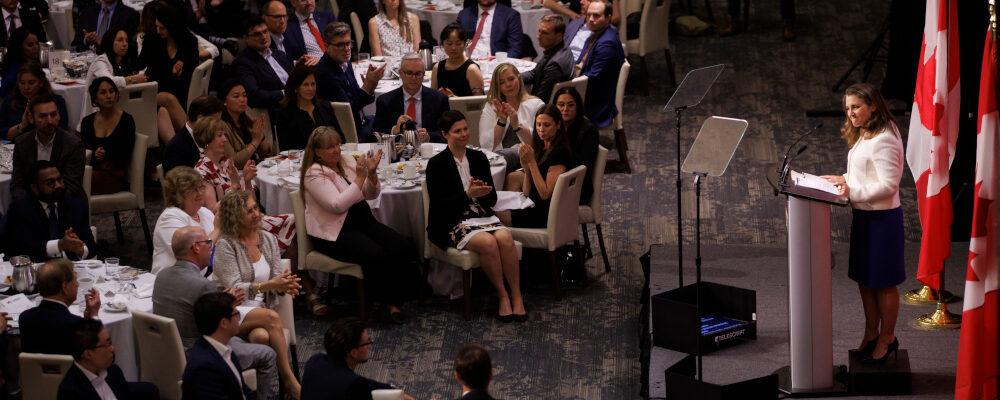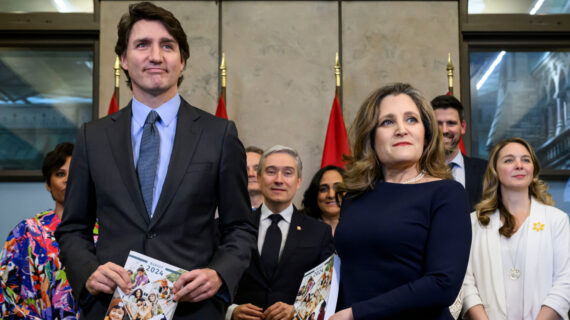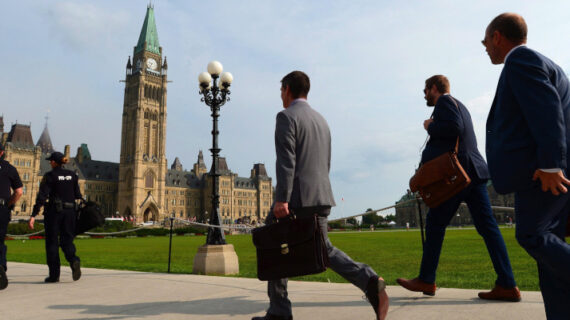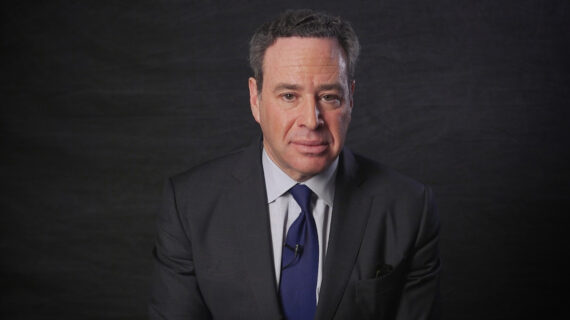In the current economic landscape, Chrystia Freeland’s fall economic statement needed to pass two basic tests: 1) reassuring financial markets that the Canadian government understands the need for fiscal prudence; and 2) making Canada more competitive in the wake of a reinvigorated American industrial strategy.
In both cases, we are dangerously close to a passing grade.
Fiscal prudence
To her credit, Freeland used a series of speeches and interviews over the past few weeks to signal an awareness of fiscal prudence. Unfortunately, there is a considerable gap between her words and the reality reflected in the economic update. Of the $30 billion additional fiscal space for 2002-2023, the government will spend almost half (45 percent) of it.
Even more telling is the ratio of federal spending to GDP that is now well entrenched above 16 percent over the next five years—an unceremonious achievement that Canada reached during the global financial crisis of 2008-2009 and in the early 1990s, a painful episode which led to severe reductions in spending by former Finance Minister Paul Martin. Further, what was reflected in this fall economic statement does not account for future expenses in health, defence, wage increases in the public sector, and other big-ticket items that are expected to rise.
In terms of economic forecasts, the statement is overly optimistic. It predicts neither a recession nor sustained higher interest rates over the next few years. In fact, the projection of real GDP growth over the next five years is on average more generous than what we have had over the past twenty years. To be fair to the government, these forecasts were made by external private-sector economists, many of whom incidentally told us that inflation would be transitory.
In his press conference following the Federal Reserve’s interest rate announcement earlier this week, Governor Jerome Powell was unequivocal: to bring high inflation under control, the terminal rate will almost certainly have to rise above 5 percent. This is one percentage point higher than what was believed to be necessary just a few weeks ago. In the U.S. as in Canada, there are fewer and fewer supporters of the soft-landing scenario: it is increasingly clear that bringing such persistent inflation back to a range of 1 to 3 percent will have severe ripple effects. To the experts and economists who think that we must tolerate higher inflation to avoid a recession, they need to explain how the weakening of Canadians’ purchasing power in relation to the earned income is a desirable long-term economic objective.
As Freeland noted in her speech, Canada cannot avoid the coming economic slowdown any more than we could have avoided the global pandemic. The risks remain enormous, and the government’s fiscal firepower is not what it was three years ago. Over the next few years, it is unlikely economic growth will be higher than the interest rate it pays (r>g) to refinance its rollover debt. This will have a significant impact on the costs of debt financing.
Industrial strategy
The second test is whether the fall economic statement set out measures to boost Canadian economic competitiveness. With the Inflation Reduction Act and the CHIPS and Science Act (valued at a combined $460 billion), no one doubts the ambition of U.S. industrial strategy. Freeland has astutely recognized the impact all of this will have on Canada’s long-term competitiveness. To her credit, the statement lays the groundwork for Canada’s response by introducing two new tax credits targeted at clean technologies and hydrogen. She also hinted that additional measures would come in the next year’s budget.
But based on the government’s last few budgets, the modus operandi is a scattered approach with new funds, structures, and agencies that spread out billions here and there. Contrary to President Biden’s Build Back Better plan, it is hard to see a credible and well-crafted made-in-Canada industrial strategy that targets specific sectors of strength, with clear and coordinated instruments to improve our competitiveness.
What struck me the most was the lack of urgency reflected in the fall economic statement. In these volatile and uncertain times with threats to the future prosperity of all Canadians, it would have been good to see the government showing more awareness of its obvious blind spots




